Develop a model to describe that matter is made of particles too small to be seen.
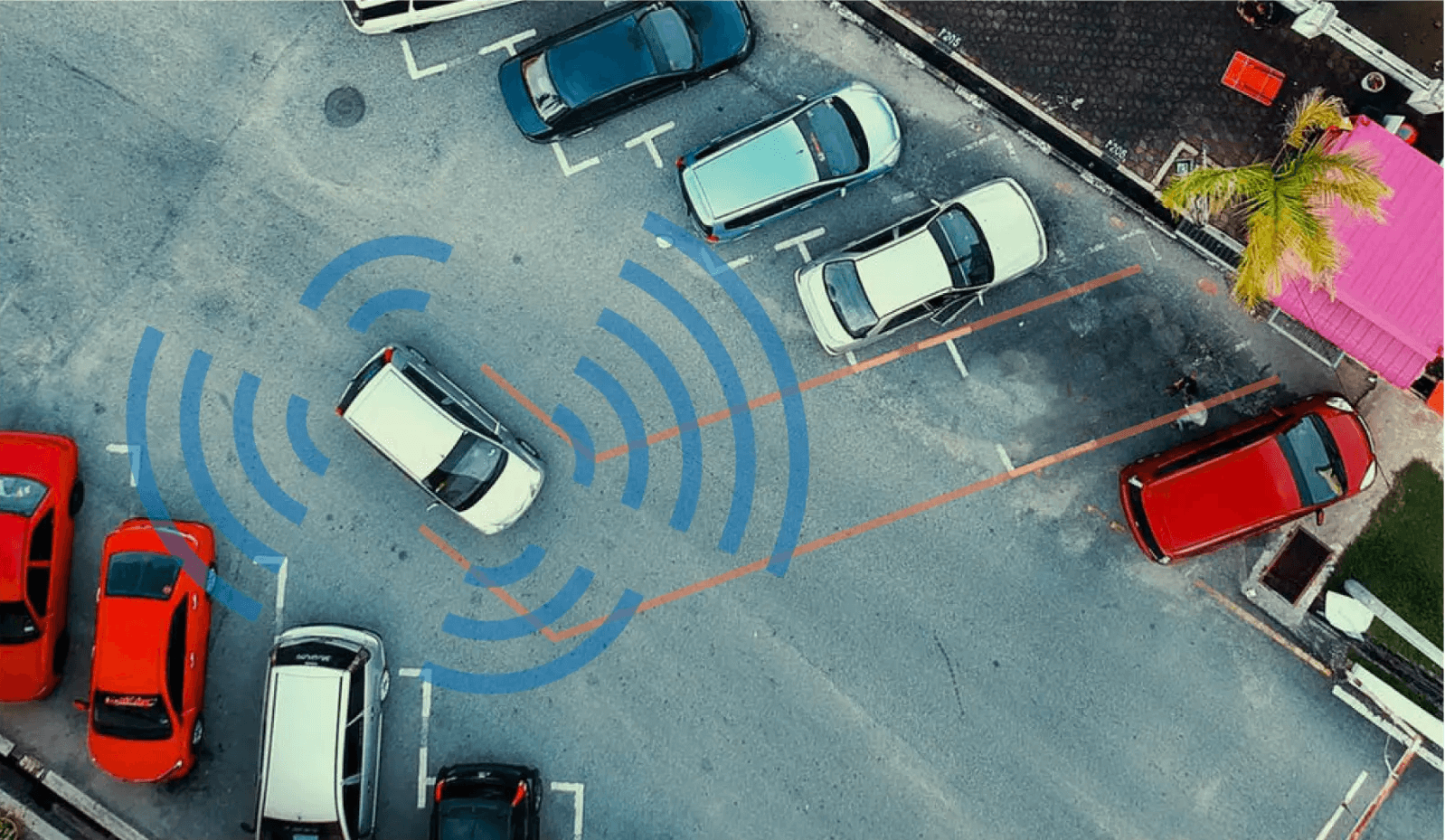
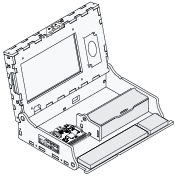 Piper Computer Kit
Piper Computer Kit
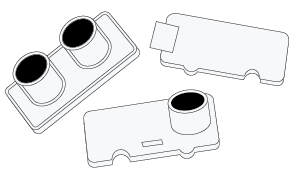 Sensor Explorer Kit
Sensor Explorer Kit
Have students watch the following to observe how sensors allow a Tesla to drive itself:
Have students revisit the StoryMode level but now focusing on the questions below.
Use slides 3-11 in the Lesson 2 Slide Deck guide students through how the sensor works using responses to the guiding questions.
(Optional): You can have students read this helpful resource: How to Set Up an Ultrasonic Range Finder on an ArduinoHave students read the following or explain it to them:
“Echolocation is a technique used by bats, dolphins and other animals to determine the location of objects using reflected sound. This allows the animals to move around in pitch darkness, so they can navigate, hunt, identify friends and enemies, and avoid obstacles.”
(Optional): students can watch this video and write a reflection in their journals.At the end of this lesson, have student take the Assessment.
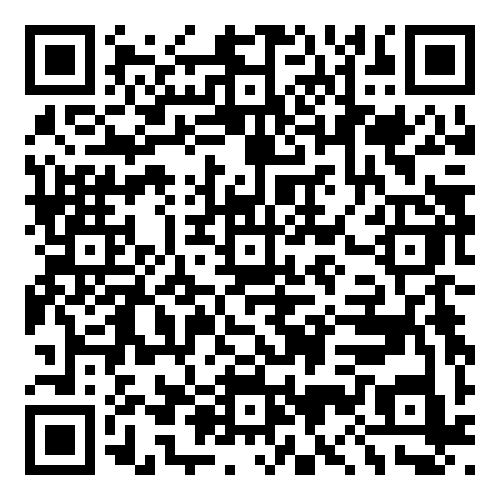 Security/Fire System Installers: Salary $50,130/yr
Security/Fire System Installers: Salary $50,130/yr
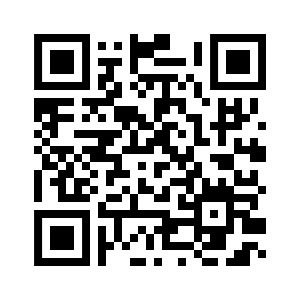 Civil Engineer: Salary $88,050/yr
Civil Engineer: Salary $88,050/yr
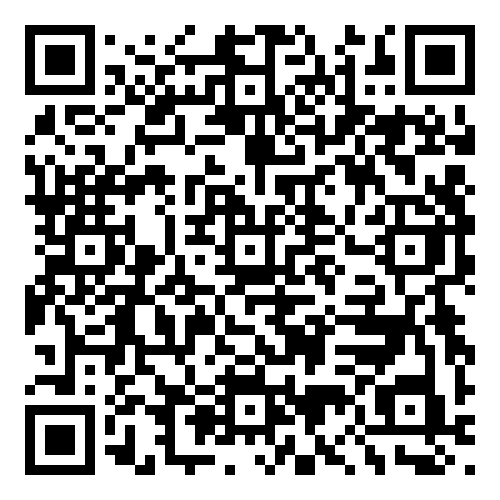 Construction Manager: Salary $101,480/yr
Construction Manager: Salary $101,480/yr
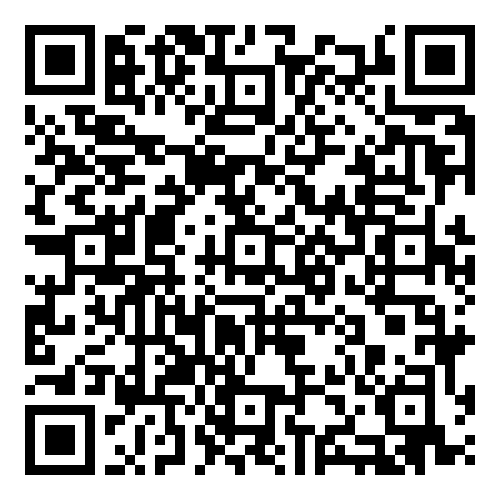 Avionics Technicians: Salary $75,450/yr
Avionics Technicians: Salary $75,450/yr
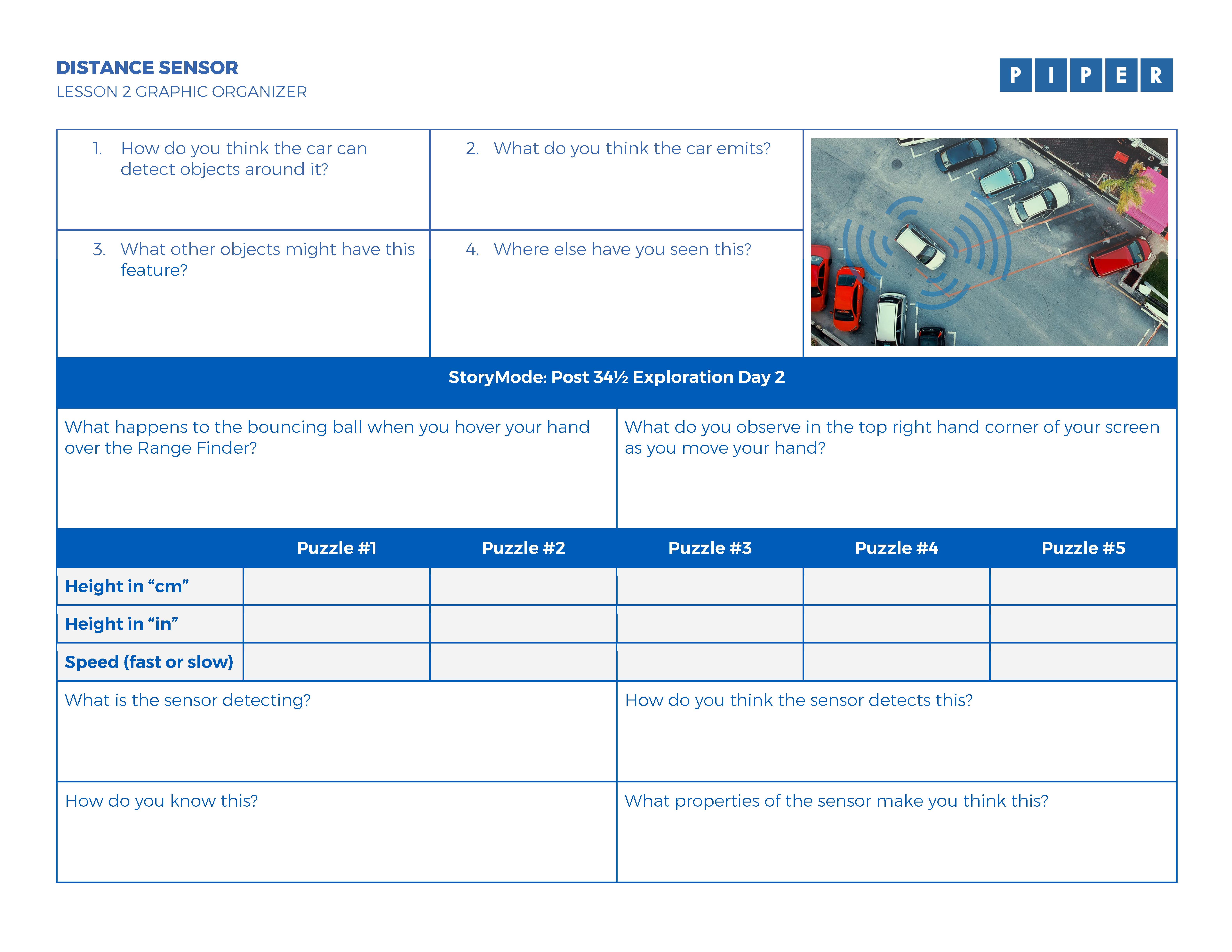 DOWNLOAD
DOWNLOAD
Echolocation The ability to use sound to determine how far away an object is (instead of sight). By making a clicking sound, a sensor (or an animal like a bat or dolphin) listens for how long it takes for the original sound to bounce back (an echo). The longer it takes for the sound to bounce back, the further away the object is. This all happens in less than 1/100th of a second.
Reflection When light or sound bounces off a surface instead of being absorbed. In color sensors, reflection helps determine the color of an object by measuring how much light is bounced back. For example, if a sensor shines light on an object and sees a lot of blue light coming back, it can tell that the object is blue. The range finder sensor measures the time it takes for the sound waves to return, which helps it calculate the distance to the object.
Speed How fast something is moving. It tells you how much distance an object covers in a certain amount of time.
We are excited to be aligned with the following standards.

| Concept | Standard |
|
Develop a model to describe that matter is made of particles too small to be seen. |
3-5-PS1-1 |
|
Make observations and/or measurements of an object’s motion to provide evidence that a pattern can be used to predict future motion. |
3-PS2-2 |
|
Develop a model of waves to describe patterns in terms of amplitude and wavelength and that waves can cause objects to move. |
4-PS4-1 |
|
Develop a model to describe that light reflecting from objects and entering the eye allows objects to be seen. |
4-PS4-2 |
|
Generate and compare multiple solutions that use patterns to transfer information. |
4-PS4-3 |
|
Use a model to describe that animals receive different types of information through their senses, process the information in their brain, and respond to the information in different ways. |
4-LS1-2 |
|
Develop a model to describe the cycling of matter and flow of energy among living and nonliving parts of an ecosystem. |
MS-LS2-3 |
|
Develop a model that predicts and describes changes in particle motion, temperature, and state of a pure substance when thermal energy is added or removed. |
MS-PS1-4 |
|
Plan an investigation to determine the relationships among the energy transferred, the type of matter, the mass, and the change in the average kinetic energy of the particles as measured by the temperature of the sample. |
MS-PS3-4 |
|
Construct, use, and present arguments to support the claim that when the kinetic energy of an object changes, energy is transferred to or from the object. |
MS-PS3-5 |
|
Develop a model to describe that waves are reflected, absorbed, or transmitted through various materials. |
MS-PS4-2 |
|
Develop a model to describe the cycling of water through Earth's systems driven by energy from the sun and the force of gravity. |
MS-ESS2-4 |
|
Ask questions to clarify evidence of the factors that have caused the rise in global temperatures over the past century. |
MS-ESS3-5 |
|
Obtain and combine information to describe climates in different regions of the world. |
3-ESS2-2 |